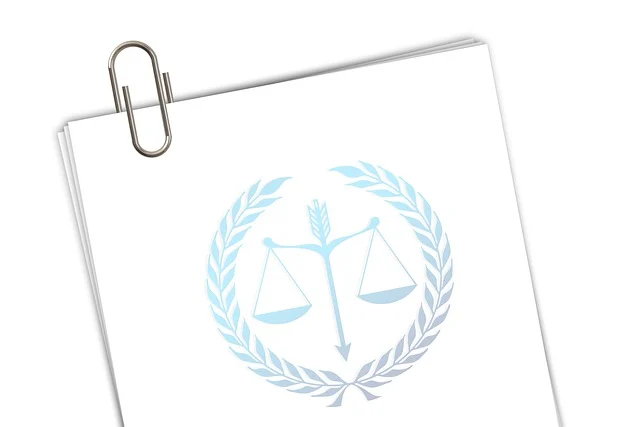Child custody and support are two of the most important considerations for parents undergoing a separation or divorce. These decisions directly affect the well-being of the child and require a clear understanding of legal rights, responsibilities, and processes. For parents, knowing the ins and outs of custody laws and support obligations is essential to ensuring a smooth transition for everyone involved. This article delves into the legal aspects of child custody and support, offering insights, examples, and 2025 statistics to provide a comprehensive guide.
Types of Child Custody: What Parents Need to Know

Child custody is the legal determination of which parent has the responsibility for the care, control, and upbringing of the child. Custody arrangements are divided into two primary categories: legal custody and physical custody.
Legal custody refers to the right to make decisions about the child’s education, healthcare, religious upbringing, and overall welfare. In most cases, courts encourage joint legal custody, allowing both parents to participate in decision-making. However, in cases where one parent is deemed unfit or incapable, sole legal custody may be awarded.
Physical custody determines where the child will live. Joint physical custody allows the child to split their time between both parents, while sole physical custody places the child primarily with one parent. Courts often aim for arrangements that prioritize the child’s best interests, fostering stability and maintaining strong relationships with both parents whenever possible.
For example, in Egypt, courts heavily prioritize the mother for custody of children under the age of 15, based on traditional cultural values. Beyond that age, custody can shift depending on the child’s preference and the court’s assessment of the parents’ ability to provide a nurturing environment.
According to a 2025 study conducted in the UAE, 60% of custody arrangements granted joint legal custody, reflecting a growing trend toward shared parenting models that encourage collaboration between separated parents.
Factors Courts Consider in Custody Decisions
Courts base custody decisions on the child’s best interests, evaluating several factors to determine the most suitable arrangement. One of the key considerations is the child’s age and developmental needs. Young children often require greater care and attention, which courts may consider when deciding custody arrangements.
Parental fitness is another critical factor. The court assesses the mental, emotional, and financial stability of each parent, along with their ability to provide a safe and supportive environment. Any history of abuse, neglect, or substance use will significantly impact custody rulings.
Additionally, courts consider the child’s relationship with each parent. A strong emotional bond with both parents is typically seen as ideal, and courts strive to preserve this bond. In older children, their preferences may also be taken into account, provided the court believes the child is mature enough to make an informed choice.
For example, in Saudi Arabia, custody decisions are influenced by Islamic principles, which often prioritize the mother for young children. However, in cases of demonstrated neglect or financial instability, custody may be awarded to the father.
Child Support: Legal Obligations and Calculations

Child support ensures that the financial needs of the child are met following a divorce or separation. The non-custodial parent is typically required to pay support to the custodial parent to cover the child’s living expenses, education, healthcare, and other necessities.
Support amounts are calculated based on several factors, including the parents’ income, the child’s needs, and the custody arrangement. In many countries, courts use predefined formulas to determine child support payments. For example, in Jordan, the amount is based on the father’s income and the child’s basic living expenses, with provisions to adjust payments if financial circumstances change.
Courts take violations of child support orders seriously. Parents who fail to meet their obligations may face penalties such as wage garnishment, fines, or even jail time. To avoid disputes, it is crucial for parents to communicate openly about financial needs and seek court modifications if circumstances change.
In a recent 2025 study in Lebanon, 40% of custodial parents reported delays in receiving child support payments, highlighting the importance of clear legal enforcement mechanisms to ensure the child’s well-being.
Joint Custody vs. Sole Custody: Advantages and Challenges
Joint custody is often seen as the ideal arrangement, as it allows both parents to remain actively involved in the child’s life. This approach promotes emotional stability for the child and encourages parents to collaborate on important decisions. However, joint custody requires a high level of cooperation and communication, which can be challenging for parents with unresolved conflicts.
Sole custody provides one parent with primary decision-making authority and physical care of the child. While this arrangement can simplify logistics, it may lead to feelings of isolation or resentment from the non-custodial parent. Additionally, children in sole custody arrangements may face challenges maintaining a strong relationship with the non-custodial parent.
For example, in Tunisia, courts often favor joint custody to ensure that children benefit from the involvement of both parents. However, in cases where one parent resides in a different country, sole custody is more commonly awarded to minimize disruption to the child’s routine.
Co-Parenting and Communication: A Key to Success
Effective co-parenting is essential to ensuring the child’s well-being in shared custody arrangements. Parents must prioritize communication, respect, and flexibility to navigate challenges and make decisions in the child’s best interest. Establishing a clear parenting plan that outlines schedules, responsibilities, and guidelines for decision-making can help minimize conflicts.
Technology can also play a role in facilitating co-parenting. Apps designed for divorced parents, such as Cozi and OurFamilyWizard, help manage schedules, share important information, and track expenses.
For example, a divorced couple in Kuwait used an online co-parenting platform to coordinate their child’s school activities and healthcare appointments, fostering better communication and reducing misunderstandings.
Steps to Take for Legal Custody and Support Agreements
- Understand Local Laws: Familiarize yourself with the custody and support laws in your country or jurisdiction. Seek guidance from a family lawyer to ensure compliance with legal requirements.
- File Necessary Documents: Submit the required paperwork to initiate custody and support proceedings. This may include financial disclosures, proof of residence, and the child’s birth certificate.
- Attend Court Hearings: Present evidence and arguments to support your case. Be prepared to demonstrate your ability to provide a stable and supportive environment for the child.
- Negotiate Agreements: Work with the other parent to develop a custody and support arrangement that prioritizes the child’s needs. Mediation can help resolve disputes amicably.
- Follow Court Orders: Once a custody and support agreement is finalized, ensure full compliance to avoid legal repercussions.
Conclusion
Child custody and support are critical aspects of the divorce process, requiring careful consideration and planning. By understanding the legal framework, prioritizing the child’s best interests, and maintaining open communication, parents can navigate these challenges more effectively. Whether through joint custody, financial support obligations, or co-parenting strategies, the goal should always be to provide a stable and loving environment for the child.
For more insights on parenting, divorce, and family law, visit Reliefamily.com. Together, we can help families build brighter futures.

































